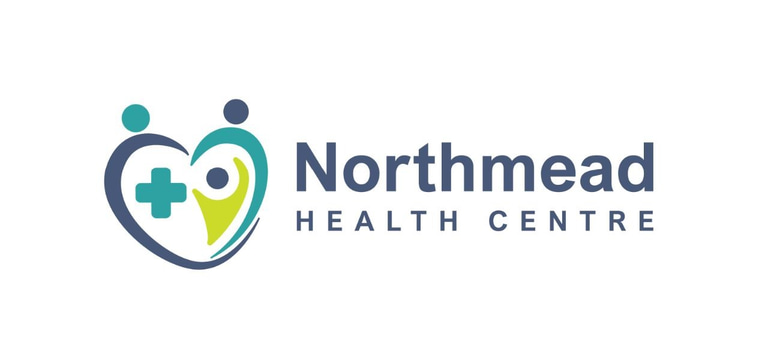Testosterone, Estrogen, and Progesterone
In the intricate symphony of our bodies, hormones play a leading role, orchestrating countless processes that influence our mood, energy, reproduction, and overall well-being.
7/27/20253 min read


In the intricate symphony of our bodies, hormones play a leading role, orchestrating countless processes that influence our mood, energy, reproduction, and overall well-being. Among the most talked-about are the “big three” sex hormones: testosterone, estrogen, and progesterone. While often associated with specific genders, these powerful chemical messengers are vital for everyone, albeit in differing concentrations and roles.
Let’s dive into the fascinating world of these hormonal powerhouses and understand their individual and intertwined impacts.
Testosterone: More Than Just a “Male” Hormone
When you hear “testosterone,” you probably picture bulging muscles and masculine traits. And while it’s the primary male sex hormone, produced mainly in the testes, it’s absolutely crucial for women too, produced in smaller amounts by the ovaries and adrenal glands.
In Men: Testosterone is fundamental for:
Sexual Development: Driving puberty, sperm production, and libido.
Muscle and Bone Health: Promoting muscle mass, strength, and bone density.
Red Blood Cell Production: Contributing to energy levels and oxygen transport.
Mood and Energy: Influencing mood, cognitive function, and overall vitality.
In Women: Don’t underestimate testosterone’s role! It contributes to:
Libido and Sexual Function: Playing a key role in female sex drive.
Bone Density: Supporting strong bones.
Energy Levels and Mood: Contributing to overall energy and well-being.
Signs of Imbalance (Low Testosterone): In both men and women, low testosterone can manifest as fatigue, decreased libido, mood changes, difficulty concentrating, and muscle weakness.
Estrogen: The Multi-Talented Hormone
Often considered the “female” hormone, estrogen (primarily estradiol, estrone, and estriol) is indeed dominant in women, produced mainly in the ovaries. However, men also produce estrogen, albeit in smaller quantities, and it plays important roles for them too.
In Women: Estrogen is central to:
Reproductive Health: Regulating the menstrual cycle, developing female secondary sexual characteristics, and supporting pregnancy.
Bone Health: Protecting against bone loss.
Cardiovascular Health: Contributing to healthy cholesterol levels and blood vessel function.
Skin and Hair: Influencing skin elasticity and hair health.
Mood and Cognition: Playing a role in mood regulation and cognitive function.
In Men: Estrogen is important for:
Bone Health: Contributing to bone density.
Sperm Production: Playing a role in healthy sperm development.
Libido: Influencing sexual desire.
Signs of Imbalance (High or Low Estrogen): In women, imbalances can lead to irregular periods, hot flashes, mood swings, weight gain, fatigue, and even increased risk of certain conditions. In men, high estrogen can sometimes contribute to issues like gynecomastia (enlarged breast tissue).
Progesterone: The Calming and Balancing Act
Progesterone, produced primarily in the ovaries (especially after ovulation) and in smaller amounts by the adrenal glands, is another crucial female hormone. While men produce very small amounts, its role in male physiology is less pronounced compared to women.
In Women: Progesterone’s key roles include:
Menstrual Cycle Regulation: Preparing the uterus for pregnancy and supporting early pregnancy.
Mood and Sleep: Often referred to as the “calming hormone,” it can promote relaxation and better sleep.
Bone Health: Supporting bone formation.
Breast Health: Protecting against certain breast conditions.
Signs of Imbalance (Low Progesterone): Low progesterone in women can contribute to irregular periods, heavy bleeding, PMS symptoms, anxiety, difficulty sleeping, and sometimes challenges with fertility.
The Interplay: A Delicate Balance
It’s crucial to understand that these hormones don’t act in isolation. They interact in complex ways, with the balance between them being far more important than the absolute level of any single hormone. For instance, the ratio of estrogen to progesterone is vital for a healthy menstrual cycle in women, and the balance between testosterone and estrogen in men impacts their overall health.
Optimising Your Hormonal Health
If you suspect a hormonal imbalance, it’s essential to consult with a healthcare professional. They can conduct appropriate tests and recommend personalized strategies. However, here are some general, Google-friendly tips for supporting overall hormonal balance:
Maintain a Balanced Diet: Focus on whole, unprocessed foods, including plenty of fruits, vegetables, lean proteins, and healthy fats.
Regular Exercise: Physical activity can positively impact hormone production and sensitivity.
Manage Stress: Chronic stress can disrupt hormone balance. Incorporate stress-reducing techniques like meditation, yoga, or spending time in nature.
Prioritise Sleep: Adequate, quality sleep is crucial for hormone regulation. Aim for 7-9 hours per night.
Limit Environmental Toxins: Be mindful of endocrine-disrupting chemicals found in some plastics, pesticides, and personal care products.
Understanding the roles of testosterone, estrogen, and progesterone is the first step towards taking charge of your health. By supporting your body’s natural hormonal balance through lifestyle choices, you can unlock a greater sense of well-being and vitality.

